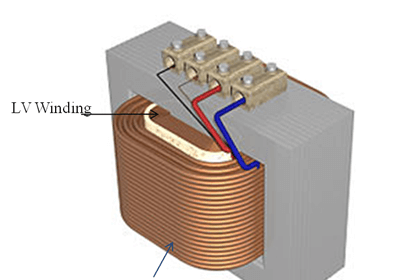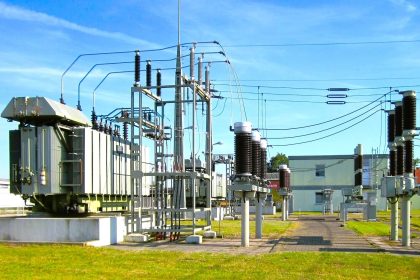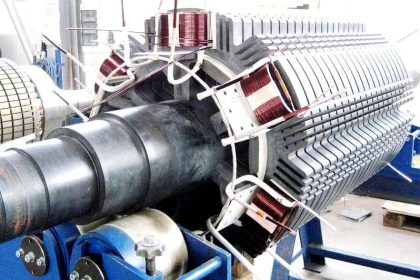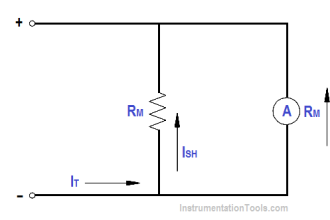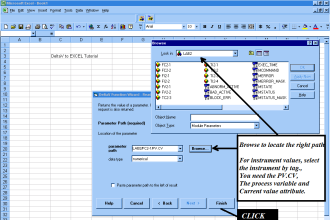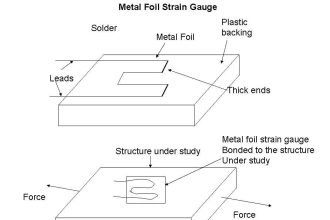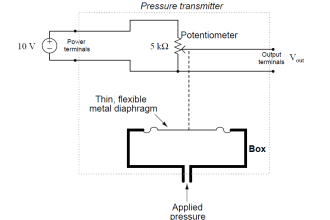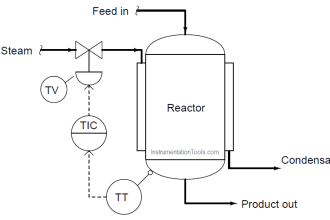A current limiting reactors is also called as series reactors. It is an inductive coil having large inductive reactance compared to the resistance and is used to limit the short circuit current during fault conditions. These reactors are connected in feeders and ties, in generator leads and between the bus sections to reduce the magnitude of the short circuit current. The reactor allow free interchange of power under normal condition. however during fault condition the disturbance is confined to only faulty location.As the resistance of the reactors are small compared to reactance the efficiency of the system is not affected much
Short circuit current is reduced by an increase in the reactance of the system. Short circuit current depends on the generating capacity, voltage at the fault point and the total reactance between the generating point and the fault location. Breaking capacity of the circuit breaker depends on the magnitude of the fault current. If the fault current is beyond the designed limit of the breaking capacity of the breaker, the fault cannot be extinguish. Therefore in large interconnected power system large number of generators and motors feed the fault on occurrence of the fault. Therefore at times the magnitude of the short circuit current exceeds the breaking capacity of the breaker. Therefore it is necessary to limit the fault current by some means. By including a reactor or few reactors at some strategic locations, short circuit currents at different points can be reduced.
Advantages:
- Protective reactors are used to reduce the flow of short circuit current at the fault point so as to protect the apparatus from excessive mechanical stresses and from over heating and thus protect the system as a whole
- Protective systems are used to reduce the voltage disturbances caused by the short circuits
- They also localize the fault by limiting the current that flow in to the fault from other healthy feeders or parts of the system thereby avoiding the fault by spreading
- It helps to reduce the duty imposed on the switching equipment during fault conditions
Disadvantages:
- Total percentage reactance of the system increases thereby causing increase in reactive voltage drop and decrease in power factor due to increased angle of lag. Thus regulation of the system becomes poor.
